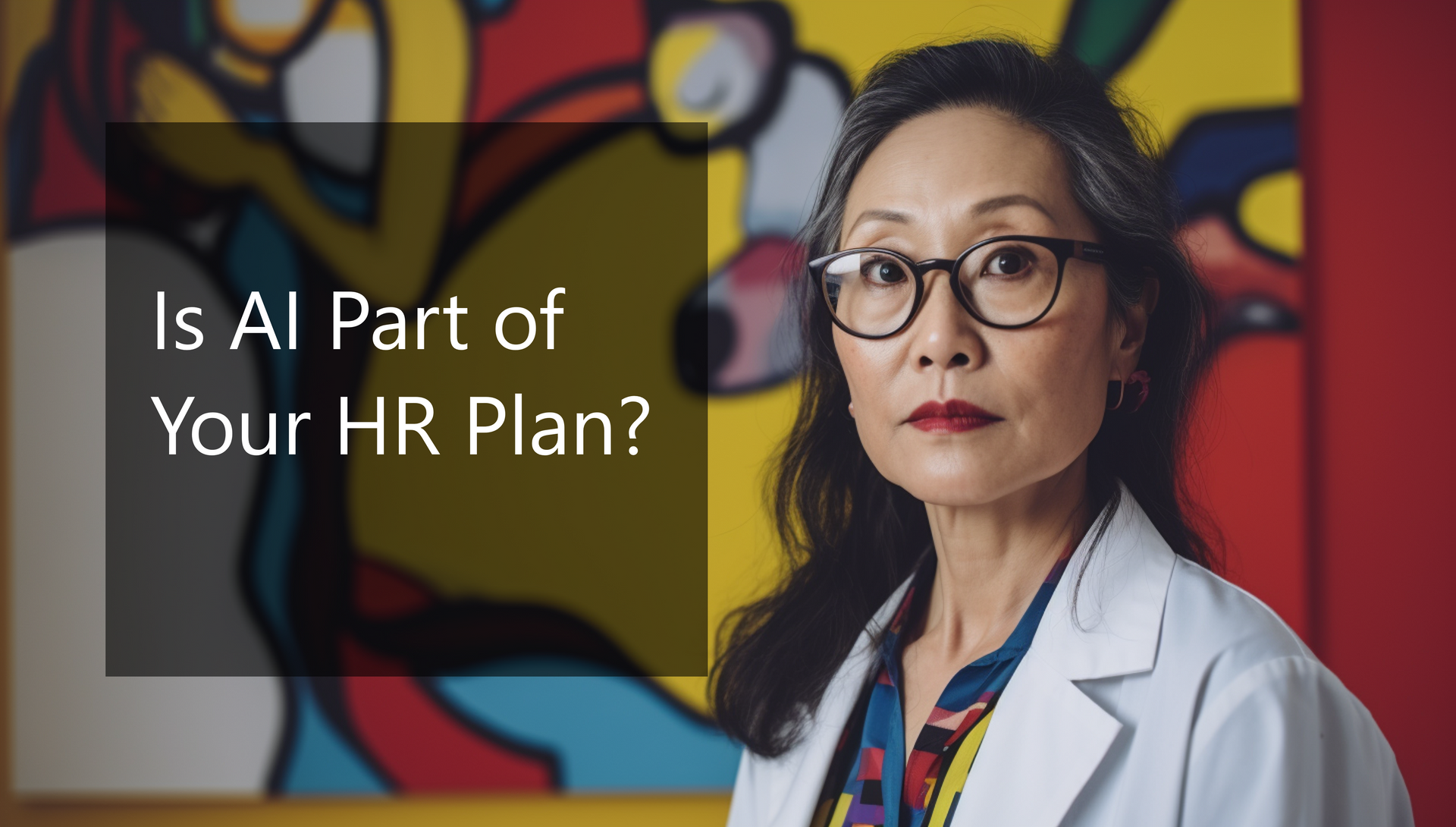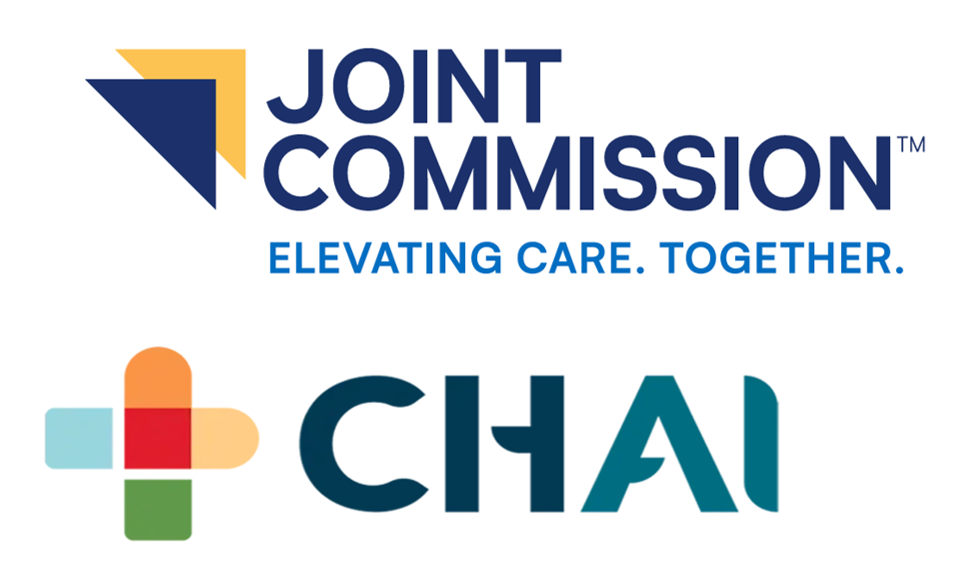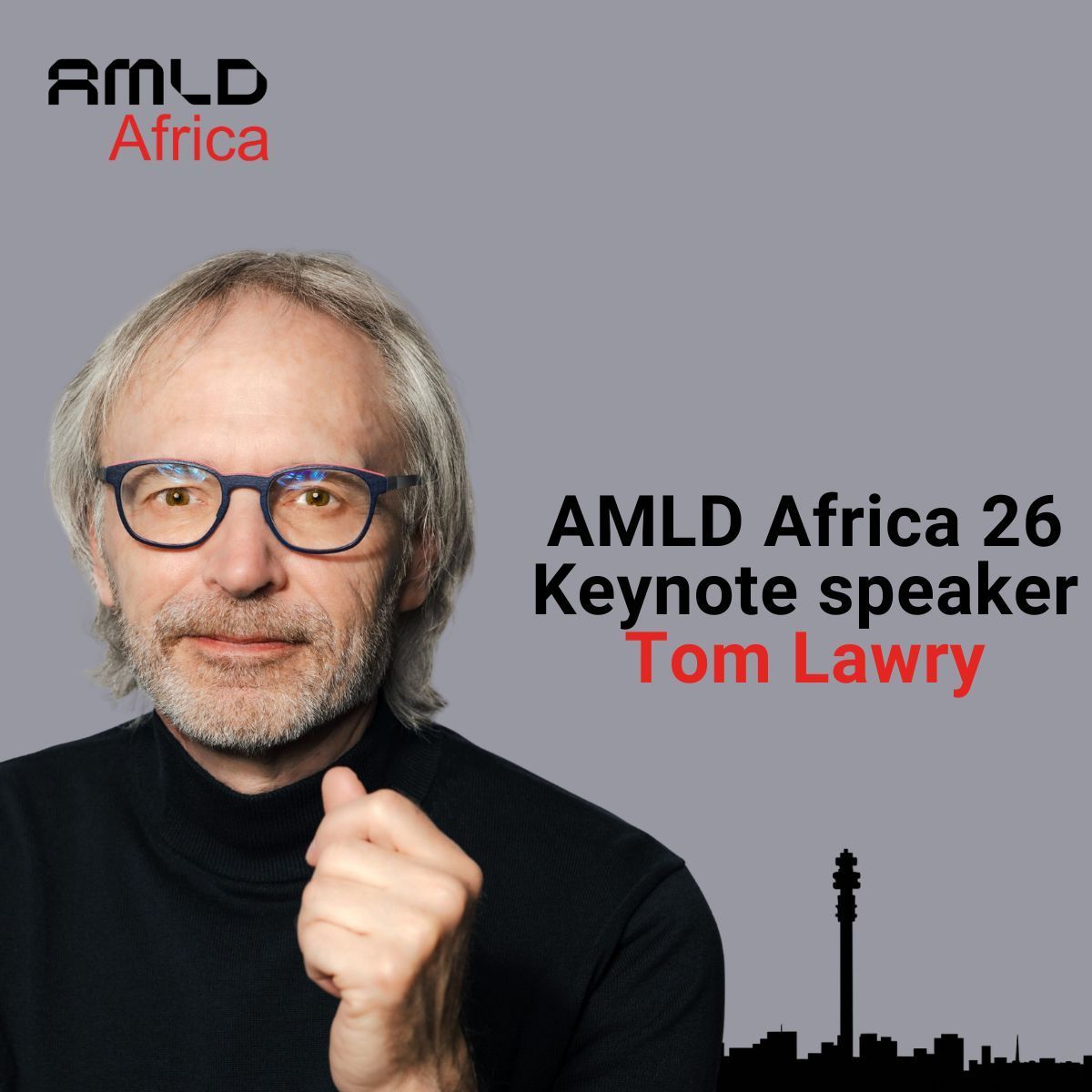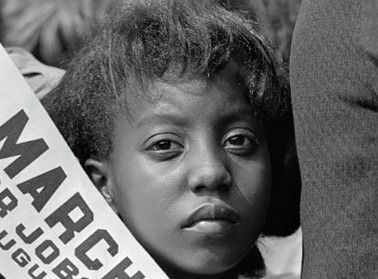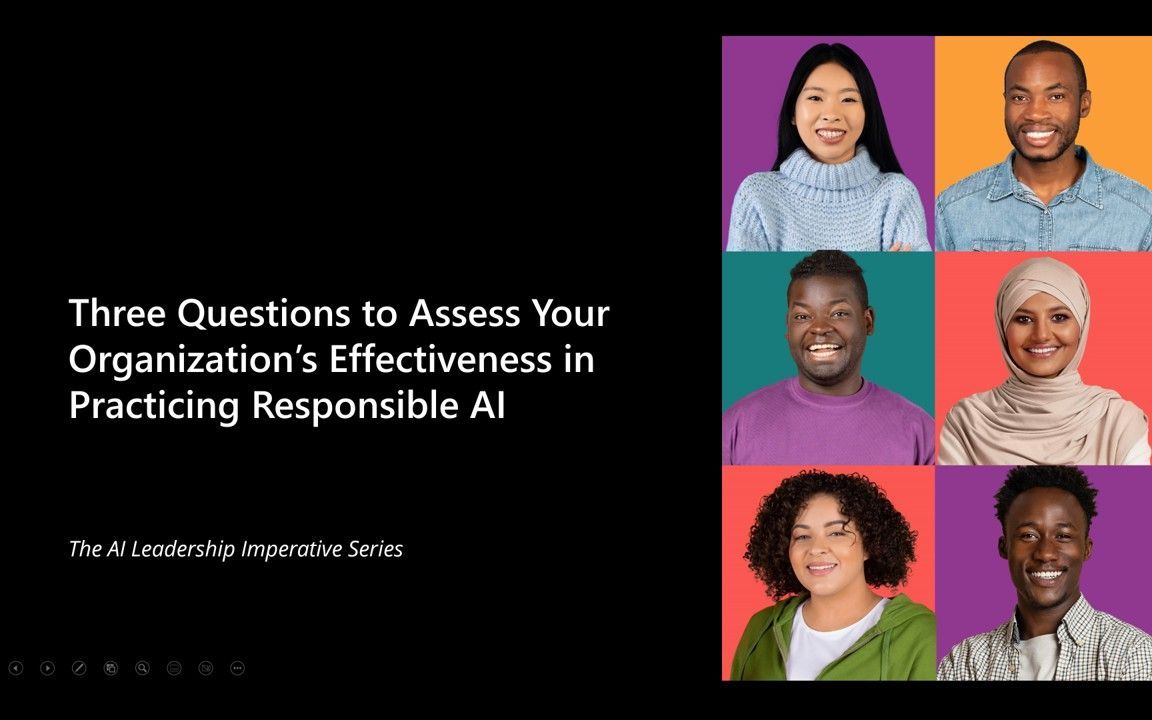Generative AI and Precision Medicine – The Future is Not What It Used to Be
“When we look back in (the year) 2041, we will likely see healthcare as the industry most transformed by AI."
- Kai-Fu Lee, AI 2041
Generative AI is a new and rapidly emerging form of artificial intelligence that has the potential to revolutionize precision medicine by improving diagnosis, treatment, and drug discovery. It’s comprised of Large Language Models and other intelligent systems that replicate a human's ability to create text, images, music, video, computer code, and more.
So, naturally, when Damian Doherty, Editor-in-Chief of Inside Precision Medicine, approached me last fall about writing an article on Generative AI, the first thing I did was ask the latest version of ChatGPT to provide a 2,800-word manuscript on the opportunities and issues of its application to precision medicine.
The content it generated was relevant, logically organized, and backed up with factual information. Sentence structures were precise and delivered in an easy-to-understand format. There was a formulaic beginning, middle, and end, with the correct provisos stated for being wrong.
The result was quite good, but in the end, it was a little too GPT-ish. There were many things my human brain wanted to know that it didn’t cover or guide me towards.
In some ways, this exercise mirrors the deeper discussions and explorations that are just getting underway to both understand our new and evolving AI capabilities and define a logical pathway to help clinicians and researchers make the practice of medicine more precise.
I’ve had the benefit of working with the application of AI in health and medicine for over a decade. Here are my very human thoughts on what should be considered as we approach this opportunity.
An AI Taxonomy
Generative AI is a relatively new form of AI that has been released into the wild. As such, there are very few experts. This means that we are all early in the journey of understanding what it is and how we apply it to do good.
The chart below provides a simple taxonomy to help differentiate generative AI from other forms of Predictive Analytics.
While there is a great deal of hype over generative AI, there is a growing body of evidence on the things it can do well with humans in the loop:[i]
• Write clinical notes in standard formats such as SOAP (subjective, objective assessment and plan)
• Assign medical codes such as CPT and ICD-10
• Generate plausible and evidence-based hypotheses
• Interpret complex laboratory results
Going forward generative AI will provide benefits in many areas including:
Drug Discovery and Development: Assistance in the discovery of new drugs and their development by predicting molecular structures, simulating drug interactions, and identifying potential drug candidates more quickly and accurately. AI can identify existing drugs that could be repurposed for new therapeutic uses, potentially speeding up the drug development process and reducing costs.
Personalized Treatment Plans: Analyze large-scale patient data, including genetic information, medical records, and imaging data, to guide physicians in the creation of personalized treatment plans tailored to an individual's unique genetic makeup and health profile.
Disease Diagnosis: Assistance in the early and accurate diagnosis of diseases by analyzing medical images, genomic data, and clinical records, helping healthcare professionals make more informed decisions.
Medicine has Been Here Before – Change is Hard
Since medicine came out of the shadows and into the light as a data-driven, scientific discipline we’ve always aspired to be better. The reality is that change is hard. It requires us to think and act differently.
When cholera was raging through London in the 1850’s Dr. John Snow was initially rebuffed when he challenged the medical establishment by gathering and presenting data demonstrating that the root cause of cholera was polluted water rather than the prevailing view that it was caused by bad air. From this came the early stages of epidemiology.[ii]
In the 1970’s the introduction of endoscopy into surgical practice was met with resistance in the surgical community which saw little use for “key-hole” surgery as the prevailing view and practice was that large problems required large incisions. Today, the laparoscopic revolution is seen as one of the biggest breakthroughs in contemporary medical history.[iii]
Generative AI and Large Language Models are part of medicine’s next frontier. They are already challenging current practices across the spectrum of research, clinical trials, medical and nursing school curricula, and the front-line practice of medicine. It’s not a matter of whether it will affect what you do but rather how and when.
With the right dialogue and guidance from a diverse set of stakeholders, we will create a path forward that leverages the benefits of our evolving creations to improve health and medical practices while ensuring that appropriate guardrails are put in place to monitor and guide its use.
It’s Not About Going Slow. It’s About Getting Things Right
In some ways, the challenge of generative AI today is less about increased AI capabilities and more about the velocity of change it is driving.
Generative AI came screaming into mainstream consciousness in the fall of 2022. ChatGPT, a generative AI product from OpenAI, racked up 100 million users in two months. In the history of humans, there has never been a product that has seen such rapid adoption. Shortly after ChatGPT reached this milestone the next version of GPT was released with greatly increased capabilities.
From the practice of medicine to the development of new drugs, generative AI’s “speed of progress” is not following the normal path that economists refer to as linear growth. This is where something new is created that adds incremental value, which then creates a small gap between the time of its creation and when it starts being used. As adoption occurs there is another small gap between uptake and the time it takes for policymakers to develop necessary guard rails to both guide its use and safeguard users from risks. Linear growth is steady and predictable and what clinical and operational systems are set up to manage.
Generative AI is upending linear growth. It’s taking a different trajectory that economists call exponential growth. This is where something increases faster as it gets bigger. Most of our systems are not designed to accommodate this dramatic escalation in change. Exponential growth doesn’t last and eventually, the pace of change returns to linear growth. But when it’s happening it feels like the world is inside a tornado.
The European Parliament approved landmark rules for artificial intelligence, known as the EU AI Act which aims to bring generative AI tools under greater restrictions. This includes generative AI developers being required to submit these systems for review before releasing them commercially.[iv]Here in the United States the Biden administration issued an Executive Order last fall to build momentum within federal agencies and the private sector to put better guardrails in place for the use of AI.
The rapid change driven by generative AI has some calling for measures to slow or even suspend AI development to evaluate its impact on humans and society. A petition from the Future of Life Institute was put forward and signed by leaders including Elon Musk calling for a six-month moratorium on AI development.[v]
While there is uncertainty in what we are creating and how it should be applied, it is unlikely that any mandates will slow the pace of AI innovation.
Instead of attempting to slow progress, let us expedite the education and dialogue among policymakers, medical and research leaders, and frontline practitioners to chart a course for progress in applying our new intelligent capabilities. These groups are also most relevant to ensuring that a necessary set of laws, regulations, and protocols are in place to safeguard those both providing and receiving health and medical services.
The Creation of Enforceable Responsible AI Principles
Let’s recognize and support the overall good that can come from AI innovation. At the same time, we must be mindful of how our ever-expanding AI capabilities can replicate and even amplify human biases and risks that work against the goal of improving the health and well-being of all citizens.
Prioritizing fairness and inclusion in AI systems is a socio-technical challenge. The speed of progress is spawning a new set of issues for governments and regulators. It’s also challenging us with new ethical considerations in the fields of medical and computer science. Ultimately the question is not only what AI can do, but rather, what AI should do.
While legislators and regulators work on finding common ground, health and medical organizations using AI today should have a defined set of Responsible AI principles in place to guide the development and use of intelligent solutions. Most often, these principles or guidelines are reviewed and approved at the highest level of leadership and incorporated into an organization’s overall approach to Data Governance.
AI in Medicine is Not About Technology. It’s About Empowerment
AI has a PR problem. The narrative in the popular press and professional journals is often negative. Headlines like “Half of U.S. Jobs Could be Eliminate With AI,” paint a picture of a future work world dominated by what novelist Arthur C. Clarke calls robo-sapiens.[vi] [vii]
It’s no wonder that people are worried. According to a study by the American Psychological Association, the potential impacts that AI could have on the workplace and jobs is now one of the top issues impacting the mental health of workers.[viii]
Generative AI is already impacting today’s workplace and will be the single greatest change affecting the Future of Work in the next decade. It will impact how all work is done. As you let that statement sink in, recognize that the issues to be addressed go beyond productivity. After all, work brings shape and meaning to our lives and is not just about a job or income.
In this regard, there is growing evidence to suggest that AI can increase not only productivity but also job satisfaction.
In a randomized trial using generative AI, 453 college-educated professionals were given a series of writing tasks to complete. Half were given support with ChatGPT. The control group was not given access to Chat GPT. The results showed that the time taken to complete tasks was reduced by 40% among those using this form of generative AI. Beyond increased productivity, those using ChatGPT reported an increase in job satisfaction and a greater sense of optimism. Most importantly, inequality between workers decreased.[ix]
Done right, AI is not about technology. It’s about empowerment. Properly curated, generative AI will help solve one of the most significant challenges facing healthcare - The shortage of human capital.
The effective introduction and use of generative AI in health and medicine enables both cost-cutting automation of routine work and value-adding augmentation of human capabilities. As it and other forms of AI become pervasive in health and medicine, a new intelligent health system will emerge. It will facilitate systems that improve health while delivering greater value. It will provide a more personalized experience for consumers and patients. It will liberate clinicians and restore them to be the caregivers they want to be rather than the data entry clerks we’re turning them into by forcing them to use systems and processes conceived decades ago.
And while generative AI is coming at us fast with much to understand in how we use it, it could not have come at a better time.
The full article written for Inside Precision Medicine may be found at https://www.insideprecisionmedicine.com/topics/precision-medicine/generative-ai-and-precision-medicine-the-future-is-not-what-it-used-to-be/
References Used in This Blog:
[i] Peter Lee, Carey Goldberg, Isaac Kohane, The AI Revolution in Medicine: GPT-4 and Beyond, Pearson Education, 2023
[ii] Theodore H. Tulchinsky, MD MPH, John Snow, Cholera, the Broad Street Pump; Waterborne Diseases Then and Now, Case Studies in Public Health, March 30, 2018
[iii] Endoscopic surgery: the history, the pioneers. Litynski GS.World J Surg. 1999 Aug;23(8):745-53. doi: 10.1007/s002689900576.PMID: 10415199
[iv] Ryan Browne, EU lawmakers pass landmark artificial intelligence regulation, CNBC, June 14, 2023, https://www.cnbc.com/2023/06/14/eu-lawmakers-pass-landmark-artificial-intelligence-regulation.html
[v] Pause Giant AI Experiments: An Open Letter, Future of Life Institute, March 22, 2023, https://futureoflife.org/open-letter/pause-giant-ai-experiments/
[vi] http://business.rchp.com/home-2/half-of-all-jobs-eliminated/
[vii] Arthur C. Clark, Britannica, https://www.britannica.com/biography/Arthur-C-Clarke
[viii] Worries about artificial intelligence, surveillance at work may be connected to poor mental health, American Psychological Association, September 7, 2023, https://www.apa.org/pubs/reports/work-in-america/2023-work-america-ai-monitoring
[ix] Shakked Noy, Whitney Zhang, Experimental evidence on the productivity effects of generative artificial intelligence, Science, July 13, 2023, https://www.science.org/doi/10.1126/science.adh2586

